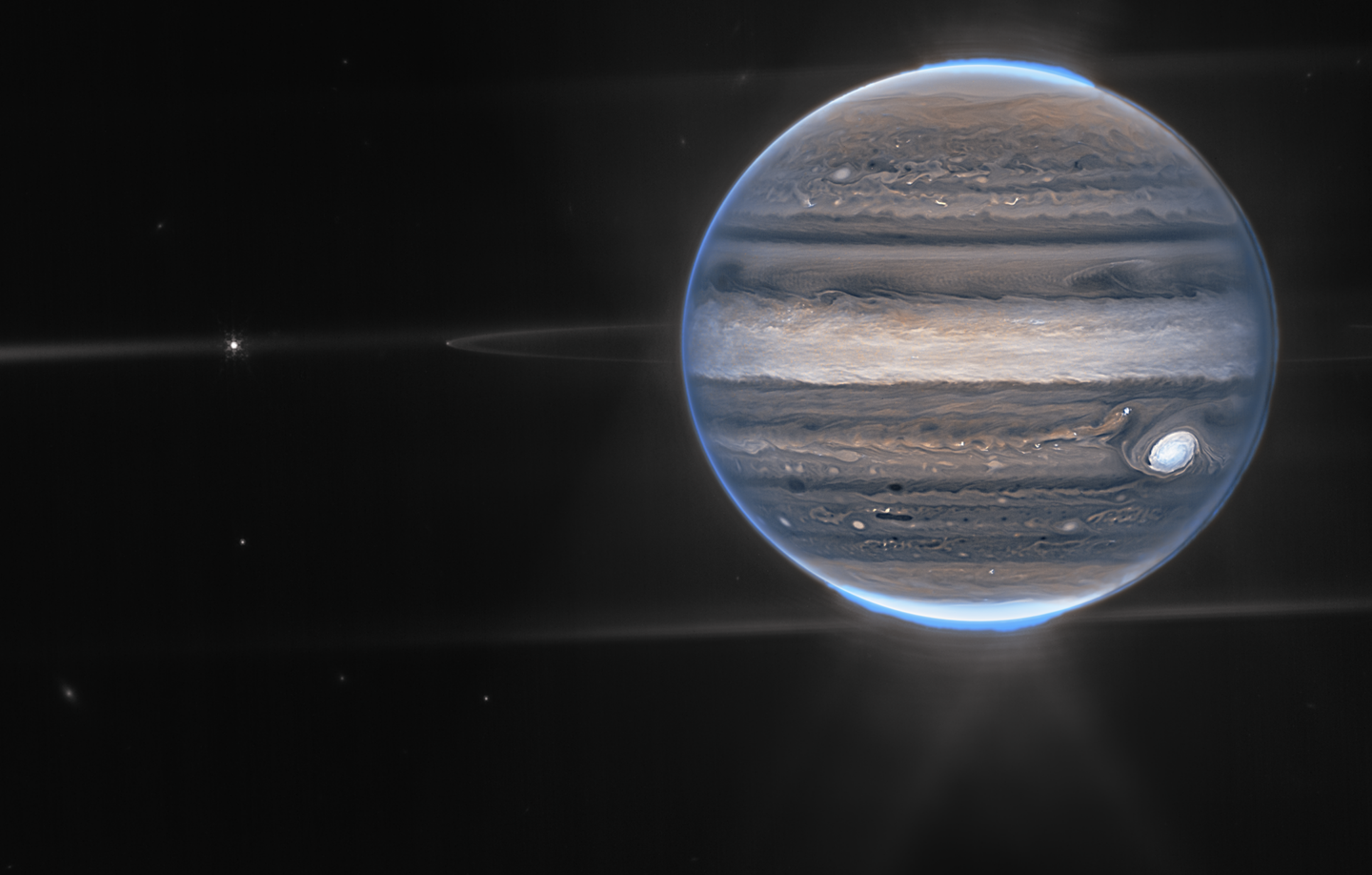Imagine celestial bodies adrift in the vast emptiness of space, untethered to any star.
These aren’t figments of science fiction; they’re rogue planets, enigmas that challenge our understanding of planetary formation and existence. But where do these nomads of the cosmos originate, and what can they tell us about the potential for life beyond our solar system?
The Enigmatic Existence of Rogue Planets
Rogue planets, also known as free-floating planets (FFPs) or isolated planetary-mass objects (iPMOs), are a captivating mystery. Unlike their solar system-bound brethren, they wander interstellar space alone, shrouded in darkness and perpetual cold.
These cosmic wanderers pose a significant challenge to astronomers – their very nature makes them incredibly difficult to detect. Unlike stars that brightly illuminate their surroundings, rogue planets are faint and emit little to no radiation.
They can only be indirectly observed through gravitational microlensing, a phenomenon where their mass warps spacetime enough to bend the light from background stars, creating a temporary distortion. However, with advancements in technology and innovative techniques like those employed by the upcoming Nancy Grace Roman Space Telescope, the veil is slowly being lifted on these celestial renegades.

The Intriguing Births of Rogue Planets
Scientists believe there are two primary ways rogue planets come into existence:
- Solo Act from the Start: Some FFPs might form in isolation, collapsing from giant clouds of gas and dust without ever entering a star system. This maverick formation scenario is still poorly understood, but it suggests that under certain conditions, stellar nurseries can birth planets that never find a star to call home.
- Ejected Refugees: The more common scenario involves rogue planets being evicted from their stellar nurseries. Interactions with other planets in a crowded young solar system, close encounters with a binary star system where gravitational forces become chaotic, or even a slingshot maneuver by a passing star can send them hurtling into the abyss. This violent ejection process likely strips away any atmosphere a young planet might have possessed, leaving behind a cold, rocky core.
A Simulation Sheds Light: The Case of Binary Star Systems
A recent study by Gavin Coleman from Queen Mary University of London delves deeper into the possibility of rogue planets originating from binary star systems.
These fascinating celestial configurations consist of two stars locked in a gravitational dance. Their presence adds an extra layer of complexity to the already intricate process of planetary formation. Coleman’s research focuses on circumbinary planets – those that form within the swirling disk of dust and gas surrounding a pair of orbiting stars.
Coleman’s simulations suggest that binary star systems could be prolific producers of rogue planets. The study indicates that these systems can eject a significant number of planets, with the majority being expelled within the first few million years of their existence, a period marked by dynamic interactions within the young star system. Interestingly, the simulations also show a correlation between the velocity of an FFP and its origins. Rogue planets ejected from binary stars tend to travel at much higher speeds compared to those originating from single-star systems.
This velocity fingerprint could be a crucial tool for astronomers to differentiate between the two formation pathways.
The Quest for Answers Continues
While Coleman’s work offers valuable insights, it also highlights the limitations of current models. Simulating the complex dynamics of entire populations of binary star systems with their orbiting planets remains computationally prohibitive. However, this research paves the way for future studies that can incorporate a broader range of parameters and create a more comprehensive picture. Additionally, telescopes like the Nancy Grace Roman Space Telescope will play a vital role in this cosmic detective work. Using gravitational microlensing, this powerful observatory will be able to detect FFPs as small as Mars, providing astronomers with an unprecedented opportunity to census these elusive celestial objects and constrain their numbers within our galaxy.
The Allure of Rogue Planets: A Window into Planetary Formation
The study of rogue planets is not merely an exercise in celestial cartography. These cosmic outcasts offer a unique window into the often-violent processes that govern the birth and evolution of planetary systems. By unraveling the secrets of their formation and composition, we can gain a deeper understanding of our own solar system’s history. Were there rogue planets ejected during the chaotic early stages of our solar system’s formation? Could such objects still be lurking in the outer reaches of our cosmic neighborhood?
The Potential for Life: A Spark of Hope
The question of whether rogue planets could harbor life is a topic of intense speculation. Given their frigid temperatures and lack of a star, the chances seem slim for life as we know it to exist on their surfaces. However, the possibility of subsurface oceans, warmed by geothermal vents, or the existence of life forms adapted to extreme environments shouldn’t be entirely dismissed. After all, extremophiles, organisms that thrive in unbelievably harsh conditions here on Earth, serve as a constant reminder of life’s tenacity.



















